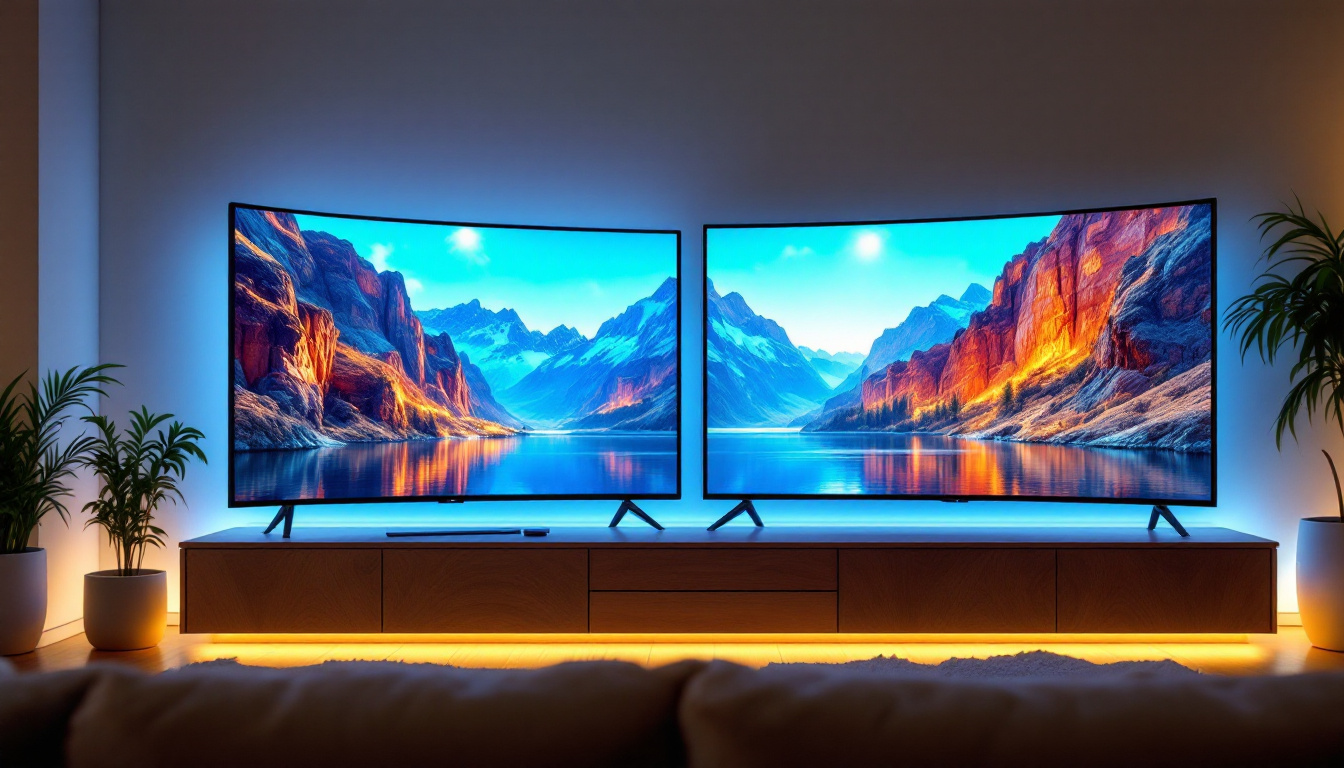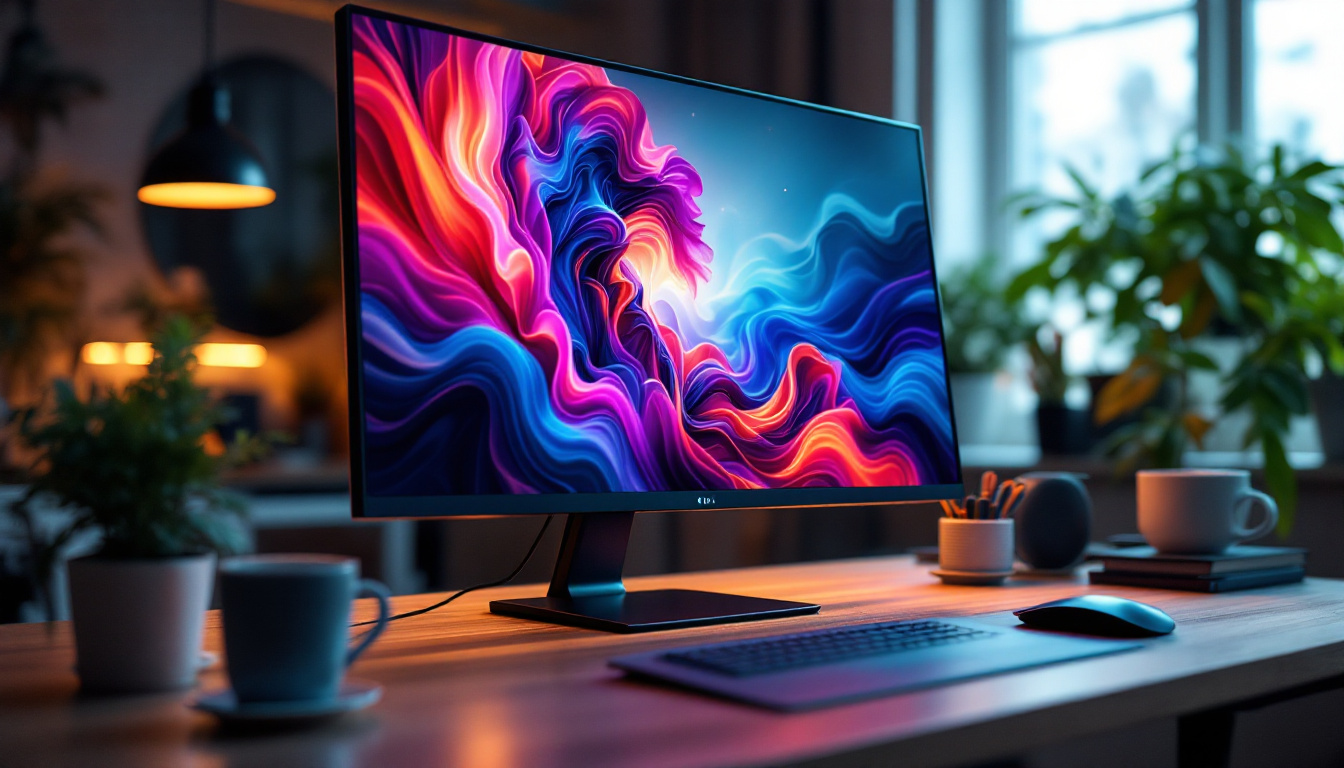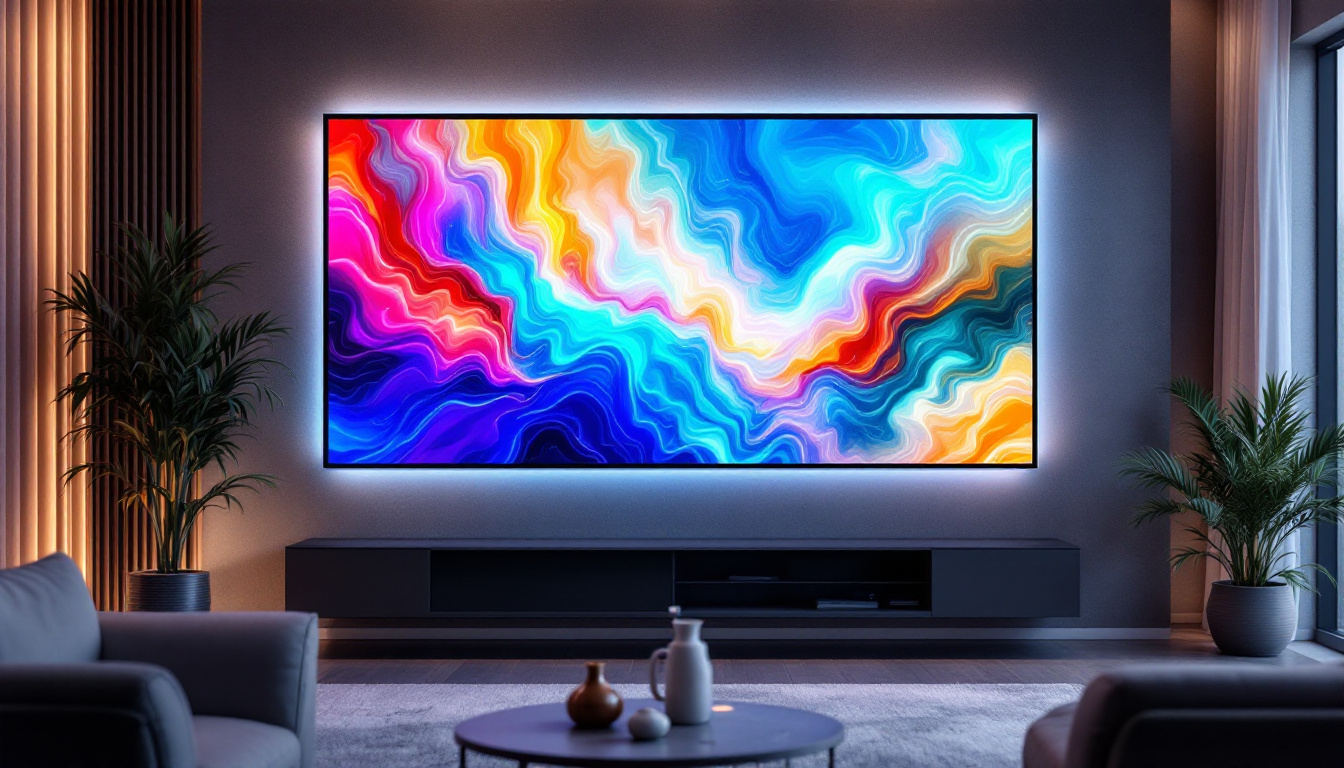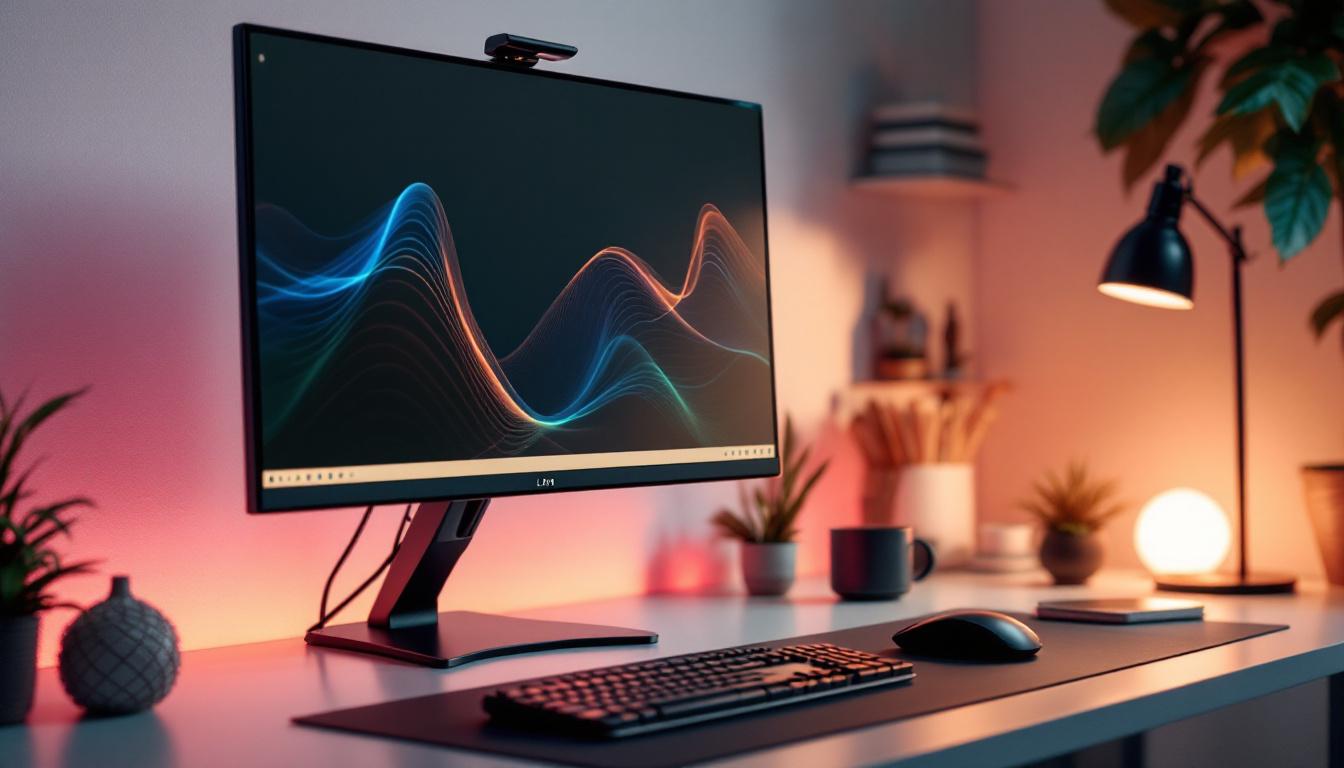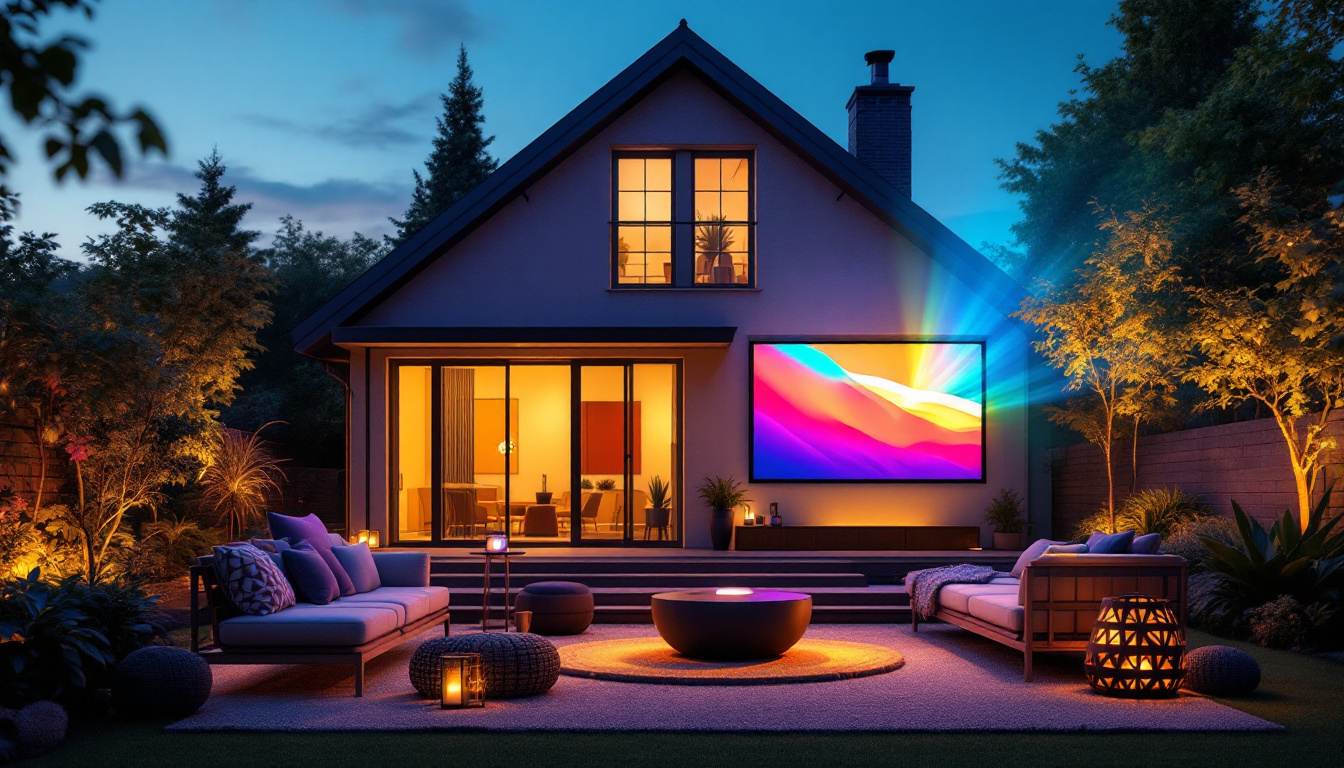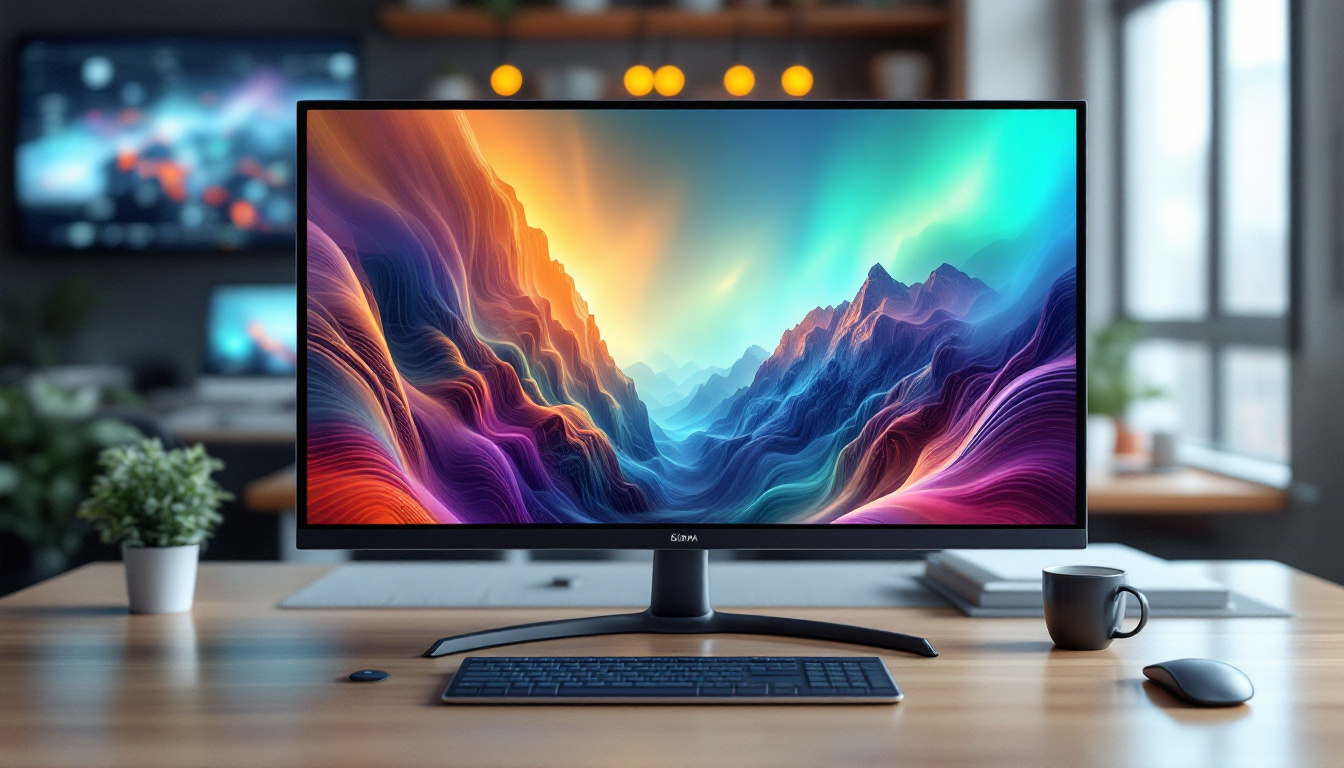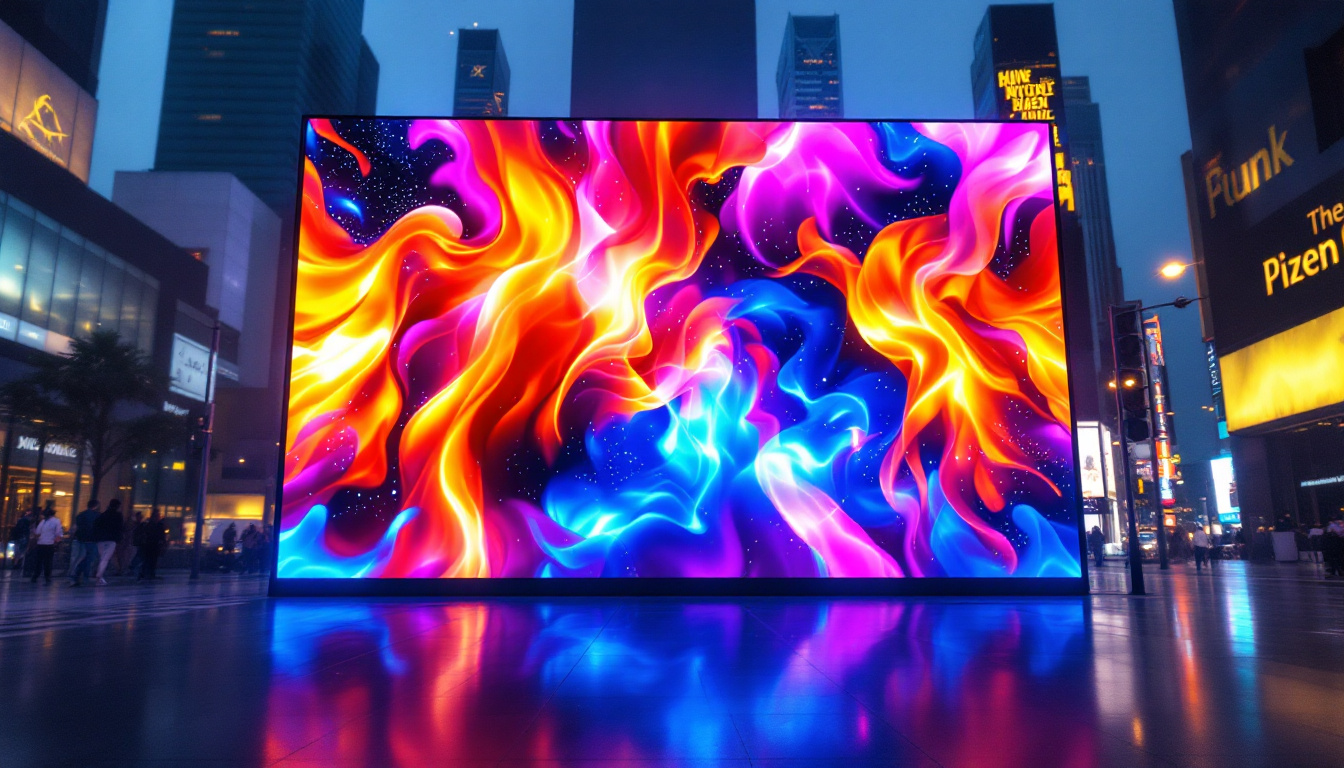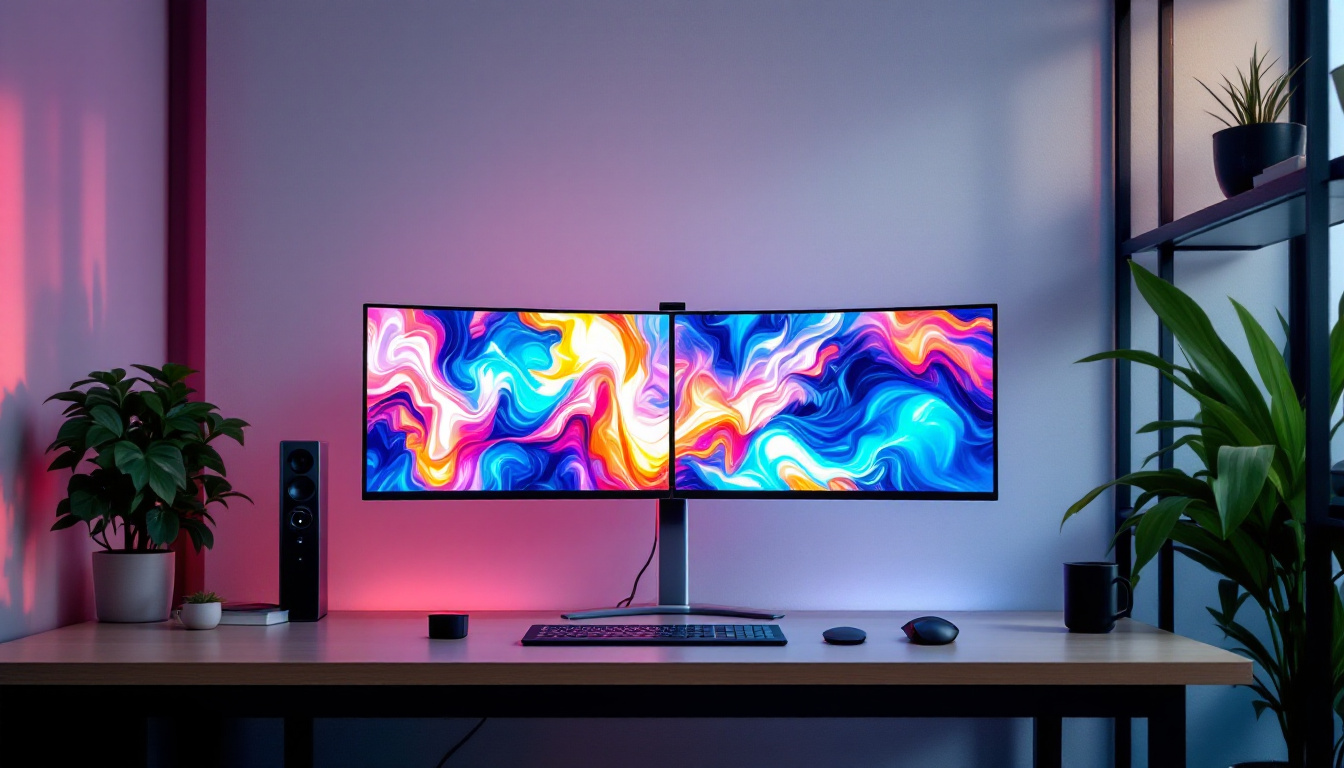Curved TV Vs Flat Screen: LED Display Explained
In the ever-evolving world of television technology, consumers are often faced with a plethora of choices. Among these choices, the debate between curved TVs and flat screen TVs has gained significant attention. Both options come with their unique advantages and disadvantages, particularly when it comes to LED display technology. This article aims to dissect the features of both curved and flat screen TVs, helping consumers make informed decisions based on their viewing preferences and needs.
Understanding LED Display Technology
Before diving into the specifics of curved and flat screen TVs, it is essential to understand the underlying technology that powers these devices—LED (Light Emitting Diode) display technology. LED TVs are essentially LCD (Liquid Crystal Display) TVs that use LED backlighting to enhance picture quality. This technology has revolutionized the television industry by providing brighter images, improved energy efficiency, and a thinner profile.
How LED Technology Works
LED technology works by using a series of tiny diodes that emit light when an electric current passes through them. In LED TVs, these diodes serve as a backlight for the LCD screen, illuminating the pixels that create the images we see. The two primary types of LED backlighting are edge-lit and full-array. Edge-lit LEDs are placed along the edges of the screen, while full-array LEDs are distributed across the entire panel, allowing for better contrast and color accuracy.
The result is a sharper, more vibrant picture quality compared to traditional LCD screens. Additionally, LED technology allows for thinner designs, making it easier to mount TVs on walls or fit them into tight spaces. Furthermore, advancements in LED technology have led to the development of local dimming features, which enable specific areas of the screen to dim or brighten independently. This capability enhances the overall viewing experience by improving black levels and contrast ratios, particularly in scenes with both bright and dark elements.
Benefits of LED Displays
LED displays offer several advantages over other types of displays, such as plasma or older LCD technologies. Some of the key benefits include:
- Energy Efficiency: LED TVs consume less power than older technologies, making them more environmentally friendly and cost-effective in the long run.
- Brightness: LED displays can achieve higher brightness levels, making them suitable for viewing in well-lit rooms.
- Longevity: LED technology typically has a longer lifespan than other display types, reducing the need for frequent replacements.
In addition to these advantages, LED displays also support a wider color gamut, which allows for more accurate and vibrant color reproduction. This is particularly important for content creators and gamers who require precise color representation for their work or gameplay. Moreover, many LED TVs now come equipped with smart technology, enabling users to access streaming services, browse the internet, and connect to other smart devices seamlessly. This integration of technology not only enhances user experience but also reflects the growing trend towards interconnected home entertainment systems.
Curved TVs: A Closer Look
Curved TVs have gained popularity in recent years, touted for their immersive viewing experience. The curvature of the screen is designed to mimic the natural curvature of the human eye, theoretically providing a more engaging experience. This design philosophy aims to create a more enveloping visual experience, drawing viewers into the action as if they were part of it. As technology advances, manufacturers continue to innovate, incorporating features that enhance the overall performance of curved screens, making them a compelling choice for many consumers.
Advantages of Curved TVs
One of the primary advantages of curved TVs is their ability to enhance the viewing experience. The curvature can create a sense of depth, making images appear more lifelike. This is particularly beneficial for larger screens, where the curvature can help maintain a consistent viewing angle across the entire display. The immersive quality of curved TVs is especially noticeable when watching movies or playing video games, where the viewer can feel as though they are part of the action rather than just an observer.
Additionally, curved screens can reduce glare from ambient light sources. The angle of the screen can help minimize reflections, leading to a clearer picture in bright environments. This makes curved TVs an appealing option for those who watch television in well-lit rooms. Furthermore, many curved models come equipped with advanced display technologies, such as HDR (High Dynamic Range) and OLED (Organic Light Emitting Diode), which further enhance color accuracy and contrast, making the viewing experience even more captivating.
Potential Drawbacks of Curved TVs
Despite their advantages, curved TVs are not without their drawbacks. One of the most significant concerns is the viewing angle. While the curve is designed to enhance the experience for viewers sitting directly in front of the screen, it can distort the image for those watching from the sides. This can limit the number of people who can enjoy the same quality picture during group viewings. For larger gatherings, a flat screen might provide a more uniform experience for everyone in the room, making it a more practical choice for some households.
Moreover, curved TVs can be more expensive than their flat counterparts. The manufacturing process for curved screens is often more complex, which can drive up the price. Consumers should weigh these factors against their budget and viewing habits. Additionally, the unique shape of curved TVs can pose challenges when it comes to wall mounting or fitting into existing entertainment setups, requiring careful consideration of space and design. As consumers navigate these choices, understanding the nuances of both curved and flat screens will help them make an informed decision that best suits their viewing preferences and lifestyle.
Flat Screen TVs: The Classic Choice
Flat screen TVs have been the standard for many years, and for good reason. They offer a wide range of benefits that appeal to various types of viewers. Understanding these benefits can help consumers decide whether a flat screen TV is the right choice for them.
Benefits of Flat Screen TVs
Flat screen TVs are known for their versatility and practicality. One of the most significant advantages is the wide viewing angle they provide. Unlike curved TVs, flat screens maintain consistent picture quality regardless of the viewer’s position in the room. This makes them ideal for family gatherings or parties where multiple people are watching from different angles.
Additionally, flat screen TVs tend to be more affordable than curved models. The manufacturing process is simpler, and as a result, consumers can often find a wider range of options at various price points. This affordability makes flat screens an attractive choice for budget-conscious buyers.
Considerations When Choosing Flat Screen TVs
While flat screen TVs have many benefits, there are a few considerations to keep in mind. One potential drawback is the issue of glare. Flat screens can be more susceptible to reflections from windows and lights, which may affect picture quality in bright rooms. However, many modern flat screen TVs come with anti-glare coatings to mitigate this issue.
Another consideration is the depth of the TV. Flat screens are generally thinner than older models but can still be bulkier than curved TVs. This may be a factor for those looking to mount their TV on a wall or place it in a tight space.
Comparing Viewing Experience
The viewing experience is often the most critical factor when choosing between curved and flat screen TVs. Each type offers a distinct experience that can cater to different preferences and environments.
Immersion and Depth with Curved Screens
Curved TVs are designed to provide a more immersive experience, particularly for cinematic content. The curvature can enhance depth perception, making scenes feel more engaging. This is especially true for large screens, where the curve can envelop the viewer in the action. For those who enjoy watching movies or playing video games, a curved screen can create a more captivating experience.
Versatility of Flat Screens
On the other hand, flat screen TVs excel in versatility. They provide consistent picture quality from various angles, making them suitable for group viewings. Whether it’s a family movie night or a sports event with friends, flat screens ensure that everyone has a good view. Additionally, the wide range of available sizes and styles means that consumers can find a flat screen that fits their specific needs and preferences.
Price Considerations
Price is often a deciding factor when purchasing a new TV. Both curved and flat screen TVs come in various price ranges, but there are some general trends worth noting.
Cost of Curved TVs
Curved TVs tend to be more expensive than flat screens due to their advanced technology and manufacturing processes. While prices have come down in recent years, consumers should still expect to pay a premium for the curved design. It is crucial to consider whether the enhanced viewing experience justifies the additional cost.
Affordability of Flat Screens
Flat screen TVs generally offer a wider range of price points, making them accessible to a broader audience. Consumers can find budget-friendly options without sacrificing quality. This affordability, combined with the versatility of flat screens, makes them a popular choice for many households.
Conclusion: Making the Right Choice
Ultimately, the choice between a curved TV and a flat screen TV comes down to personal preference and viewing habits. Curved TVs offer an immersive experience that can enhance movie watching and gaming, while flat screens provide versatility and consistent picture quality for group viewings.
When considering a purchase, it is essential to evaluate factors such as viewing distance, room lighting, and budget. By understanding the advantages and disadvantages of each option, consumers can make an informed decision that best suits their needs.
As technology continues to advance, both curved and flat screen TVs will likely evolve, offering even more options for consumers. Whether opting for the immersive experience of a curved screen or the practicality of a flat screen, the world of LED display technology offers something for everyone.
Explore Cutting-Edge LED Displays with LumenMatrix
Ready to elevate your viewing experience with the latest in LED display technology? LumenMatrix offers a wide array of innovative solutions tailored to meet your needs. Whether you’re drawn to the immersive experience of a curved screen or the versatility of a flat screen, our state-of-the-art LED display modules are designed to captivate and engage. From Indoor LED Wall Displays to Custom LED Solutions, LumenMatrix is committed to revolutionizing visual communication. Check out LumenMatrix LED Display Solutions today and transform the way you share your message with the world.

